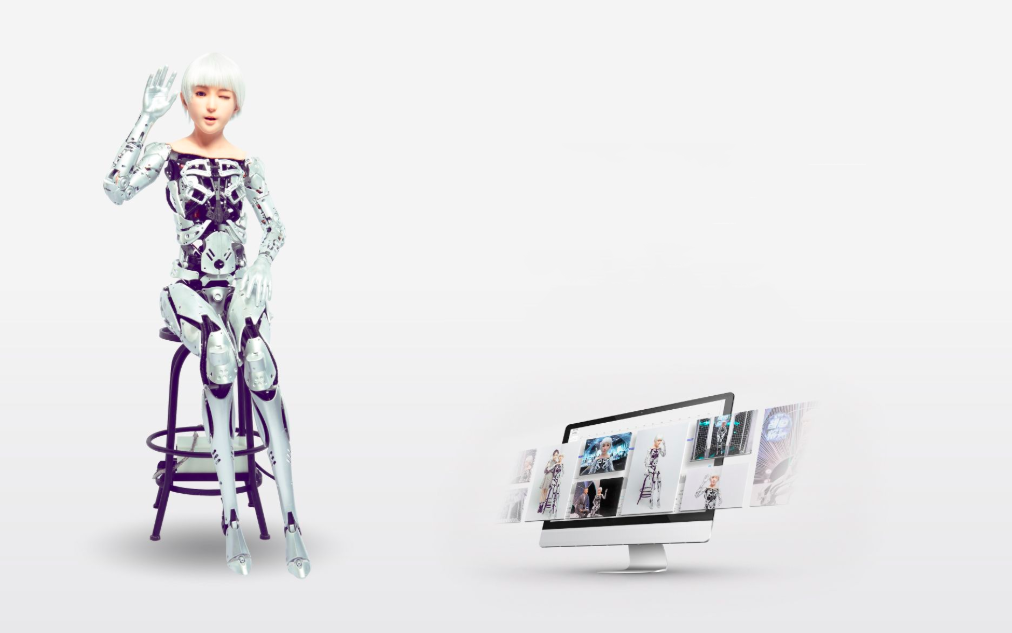Artificial Intelligence Robots
AI artificial intelligence introduction
Artificial Intelligence is regularly abbreviated as AI. It is a technical science that studies and develops theories, methods, techniques, and applications for simulating , developing, and extending near human intelligence into a computer, machine or robot.
Artificial intelligence (AI) is potentially the most exciting field in robotics. It’s probably the most controversial: It is widely agreed that a robot can work in an assembly line, but there’s not a unanimity on whether a robot can be independently intelligent.
Artificial intelligence is a branch of computer science that attempts to understand the essence of intelligence and produce a new intelligent machine that responds in a manner similar to human intelligence.
Research in this area includes robotics, speech recognition, image recognition, Natural language processing and expert systems . Since the birth of AI, the theory and technology have become more and more mature, and the application field has been expanding. Artificial intelligence can simulate the information process of human consciousness and thinking. Artificial intelligence is not human intelligence, but it can be human-like thinking, and it may exceed human intelligence.
Optimum Artificial Intelligence would be a complete replica of the human thought process. This would include ensuring the robot had the ability to learn anything, the ability to reason, the ability to use speak and the ability to put together its own ideas. Robotic engineers are nowhere near achieving this high standard of artificial intelligence, but there is definitely a lot of progress with AI. Today’s AI humanoid machines can replicate some specific elements of intellectual ability.
Service robot introduction
Service robots are used in a wide range of applications, mainly in maintenance, repair, transportation, cleaning, security, rescue, and monitoring.
According to The International Organization for Standardization, a “service robot” is defined as a robot “that performs useful tasks for humans or equipment excluding industrial automation applications” within ISO 8373.
Robots require “a degree of autonomy”, which is the “ability to perform intended tasks based on current state and sensing, without human intervention”. For service robots this ranges from partial autonomy – including human robot interaction – to full autonomy – without active human robot intervention.
The main types of Service Robot include nurse assistants, brain surgery robots, dental prosthetics robots, vascular robots, crawling robots, and outdoor cleaning robots.
Hospitality Robots Introduction
The use of robots for hospitality is becoming more normal, with uses ranging from chatbots, designed to assist with the customer service process, through to robot assistants, to improve guests’ experience in a hotel.
Our Robots are able to Meet and Greet Guests, chat with them and give them information using speech recognition and AI to generate the correct answers to their questions. A robot used during a check-in process can speed up the entire process, reducing lobby congestion and giving a customer a really unique and unforgettable experience.
Robots vs Humans
In certain instances, Robots can perform with a greater degree of accuracy and consistency than humans would be able to, and ‘human error’ is eliminated. As well, robots can perform in dangerous or hostile environments, and can be programmed to perform actions that humans would be unwilling or unable to do. Robots can also do so called “dirty jobs” that many humans would shy away from.
Humanoid Robots and Androids
Our Robots are classed as Androids or Humanoid robots because as well as being robotic machines, they are made to be in a human-like form and resemble as closely as possible a real human being.
Many of our Androids have their robotics parts showing from inside of them as a part of the design feature, both to show that this is still a robot but also to look good.





